Forklift Load Backrest: Steel Load backrests are designed to prevent the load from falling toward the equipment driver. This allows product to rest against a square, flat surface that makes loading/unloading safe.
These OSHA required backrests to feature a steel grid area above the forks. Heavy-duty steel framing secures the attachment to sides of forklift carriage.
All load backrests are either bolt-on or slip-on style. Special backrests, such as notched center and electric pallet truck backrests are available upon request.
Load backrests are manufactured to order based on certain specifications.
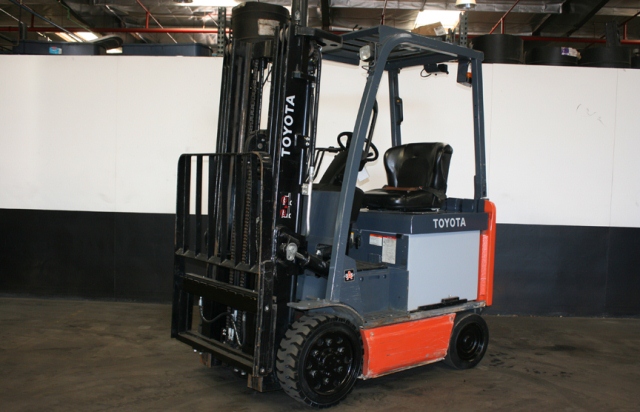
Forklift backrest
Forklift manufacturers offer various heights for the load backrest. When selecting a forklift, research the warehouse application and the heights of loads to purchase load backrests that meet rather than exceed the requirements. The proper load backrest will provide protection for the forklift operator while reducing the possibility of product and facility damage.
Other solutions include shrink wrapping or banding the loads and restricting a forklift with a removed load backrest to specific areas (i.e. the dock for loading and unloading trailers).
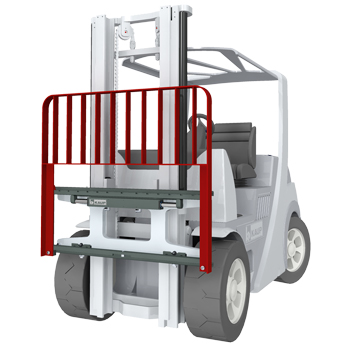
Backrest extension forklift
Universal Backrests
A forklift load backrest is designed to ensure a forklift’s load doesn’t suddenly – or ever – fall on your driver.
They can come in many shapes and sizes and it can be difficult – or at least somewhat annoying to find one that fits your forklift.
But the Universal Load Backrest pretty much fits most forklifts. Using the Universal Load Backrest means you can reduce – if not eliminate – the need for service calls for measurements. You’ll also cut way back on returning load backrests because they don’t fit.
The packaging and universal design of these backrests make them ideal for dealers to stock them, as well.
Once you start using the Universal Load Backrests, be sure your technicians perform the following regular inspection tasks regularly:
- Look out for cracking, missing vertical bars and bends.
- Make sure the backrests aren’t in contact with any other part of the pallet truck, forklift truck during operation of the mast.
- Be sure to look for missing or loose mounting bolts.
Universal Load Backrests aren’t inexpensive to replace or even repair, so it’s a good idea to train your workers to make sure they don’t use it as an anchor when they’re pulling things with the lift.
Load backrest extension forklift
forklift backrest specifications: Forklift Load Backrest
- Load backrests support loads that extend over the height of the carriage
- Protects the forklift operator by preventing loads from falling onto the cab while tilting
- Backrest mounting is manufacturer specific
- Aftermarket backrests available for a fraction of the OEM cost
- From forklifts to telehandlers, the load backrests guarantee your productivity and safety.
- Forklift load backrests extend the height of the carriage to support taller loads and protect the operator by preventing loads from falling while tilting.
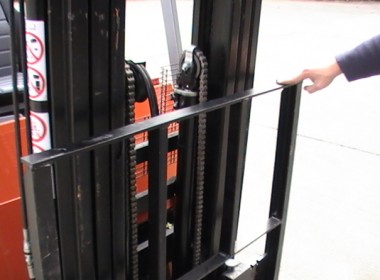
OSHA forklift regulations
Removing the load backrest and reminding your forklift operators to be careful is not an accurate solution based on OSHA’s code of federal regulations.
- OSHA CFR1910.178(e)(2)
Safety Guards: If the type of load presents a hazard, the user shall equip fork trucks with a vertical load backrest extension. - OSHA CFR1910.178(m)(10)
Truck Operations: A load backrest extension shall be used whenever necessary to minimize the possibility of the load or part of it from falling rearward. - OSHA CFR1910.178(q)(6)
Maintenance of Industrial Trucks: Industrial trucks shall not be altered – either by the addition of extra parts – or by the elimination of any parts.
All loads handled by the forklift and the facility it operates within must meet one of the requirements below:
- All loads do not go higher than the top of the forks.
- All loads are one-piece, shrink wrapped, banded or crated.
- No loads in the facility are stacked or racked higher than the operator’s head that does not meet the load requirements above.
Forklifts with the load backrest removed must be restricted to handling only loads meeting the requirements above or is restricted to a specific area of the facility that does not contain any loads presenting a hazard.

Removing the forklift load backrest
can you remove the forklift load backrest?
If an object above the forklift gets hit, do you blame the load backrest – or the operator? To put another spin on this question, if a co-worker said “I keep backing into things with the bumper on my pick-up truck”, would you suggest removing the bumper? Or would you mention to your co-worker that he or she needs to be more alert to hazards near the pick-up truck?
What is the purpose of a load backrest on a forklift?
forklift backrest pads: What is a Forklift Load Backrest?
Steel Load backrests are designed to prevent the load from falling toward the equipment driver. This allows product to rest against a square, flat surface that makes loading/unloading safe. These OSHA required backrests to feature a steel grid area above the forks.
OSHA does not consider the removal of the backrest extension a modification of the forklift.
OSHA standard requires that if a load can fall back onto the operator; the employer must equip the forklift with a vertical load backrest extension. As long as the forklift’s load does not present a hazard to the operator, the forklift is not required to be equipped with a backrest extension.
The carriage is a platform located in front of the forklift mast that is used to mount objects to be controlled by the mast. This includes the forks of the forklift, the load backrest and other features of a forklift truck that come in direct contact with the loads.
The most read
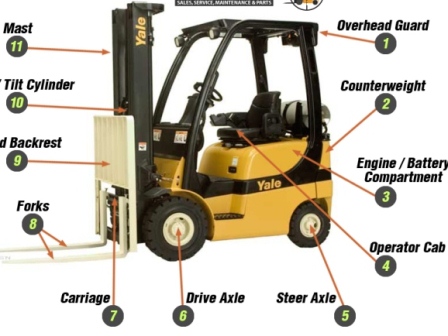
Load Backrest Extension Forklift
Locating the common parts of a forklift is vital to make certain that your operators are reliably using equipment as intended in a safe manner.
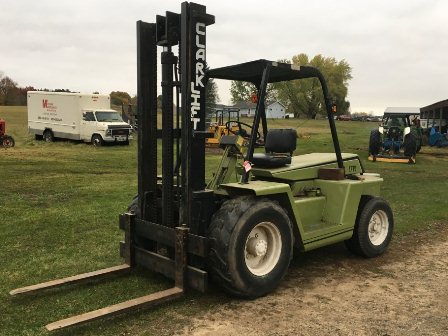
Forklift Mast Types
Also referred to as an ‘Upright’, the mast is the vertical assembly on the front of the forklift that does the work of raising, lowering, and tilting the load.
